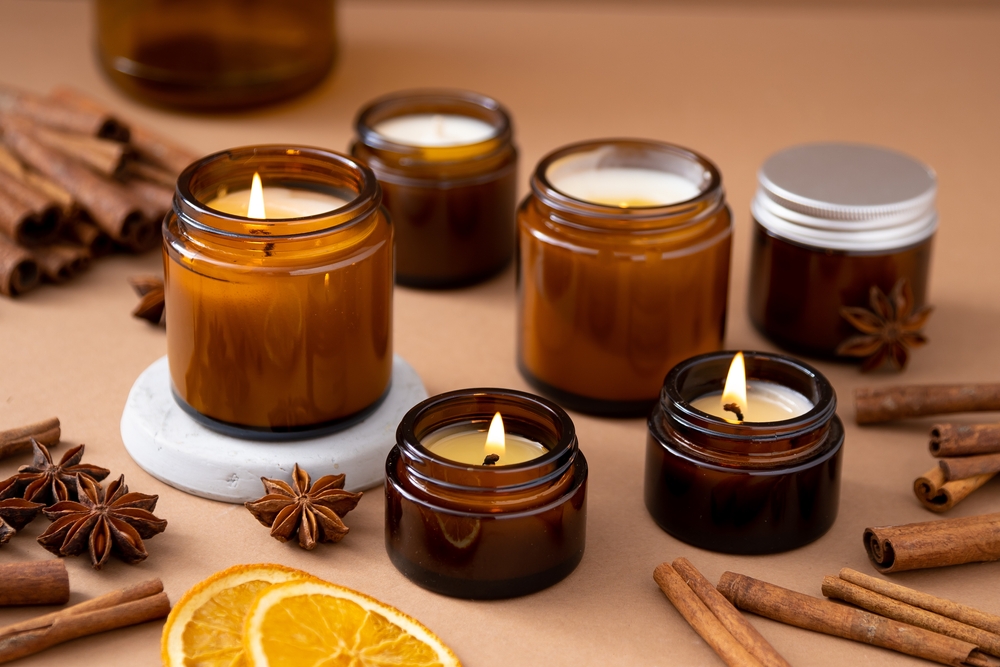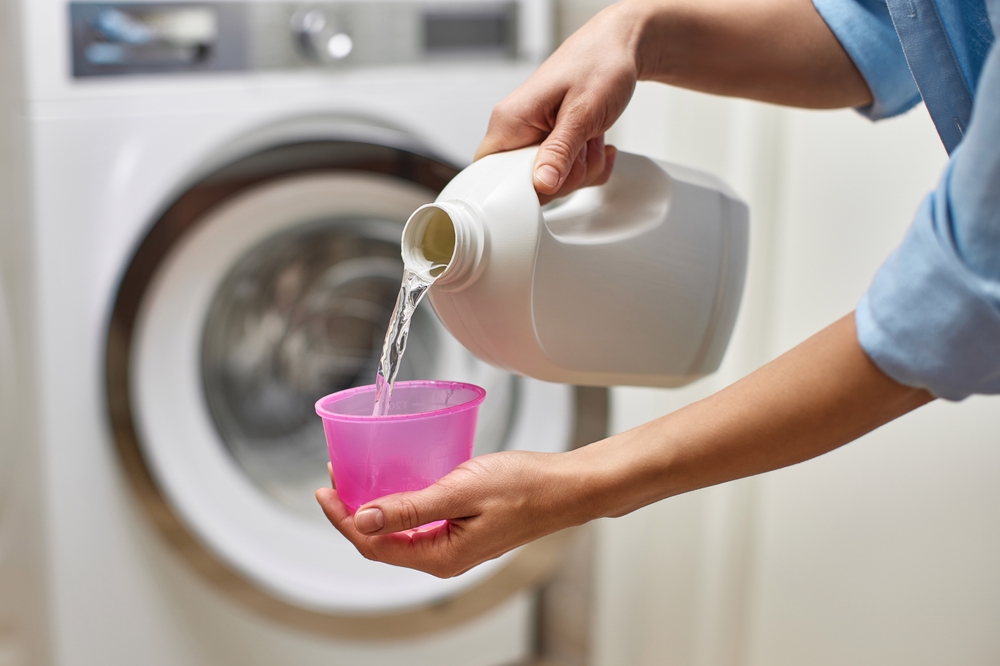Ever wonder why some of your favorite household products seem cheaper than they used to be? You pick them up at the store, thrilled that the price dropped, only to later realize they smell weird, feel flimsy, or somehow just don’t work like they used to. Here’s the uncomfortable truth: as manufacturing costs rose, many companies quietly swapped out safer, high-quality ingredients for cheaper, synthetic ones.
The result? Products that cost less at checkout—but potentially more for your health and home over time. Let’s peel back the label on ten everyday items that have gotten “better for your budget” but worse for your body.
1. Air Fresheners That Pollute the Air
Once upon a time, air fresheners were simple—baking soda, essential oils, and maybe a little natural fragrance. Now, many plug-ins and sprays are loaded with synthetic chemicals called phthalates and volatile organic compounds (VOCs). These compounds don’t just mask bad smells; they linger in the air and may disrupt hormones or irritate the lungs. Ironically, the fresher your room smells, the more polluted it may actually be. The drop in price came with a spike in artificial fragrances, turning your “mountain breeze” into a toxic cloud.
2. Nonstick Cookware That Sticks Around—In Your Bloodstream
Remember when Teflon pans were a miracle invention? They made cooking and cleaning effortless. But as they became mass-produced and cheaper, many brands began cutting corners by using perfluorochemicals (PFCs), which don’t break down easily in the environment—or in your body. These chemicals can accumulate over time, and some have been linked to liver damage, cancer, and immune system issues. So yes, your pan might cost less, but the invisible price tag could stick around for years.
3. Candles That Smell Heavenly but Burn Dirty
Everyone loves a cozy candle moment, but not all wax is created equal. Cheaper candles often use paraffin wax, a byproduct of petroleum refining that releases soot and toxic compounds when burned. Add in synthetic fragrances and lead-core wicks (yes, some still exist), and you’ve got an air quality nightmare disguised as ambiance. The lower price tag often comes at the expense of your indoor air. If your candle leaves black marks on the jar or your walls—it’s not “just cozy residue.” It’s pollution.
4. Laundry Detergents That Clean Too Harshly
Laundry detergent commercials love showing spotless clothes dancing in slow motion, but those “powerful cleaning agents” often come from harsh chemicals. As brands fought to make detergents cheaper and more concentrated, they began using synthetic surfactants, brighteners, and artificial scents that can irritate skin and harm aquatic life. The old-fashioned, gentle formulas were replaced by cocktail mixes designed to look and smell impressive. Even “spring meadow” scents can contain dozens of undisclosed chemicals. It’s a reminder that cleaner doesn’t always mean cleaner.
5. Furniture Polish That Shines a Little Too Bright
Modern furniture polish promises quick shine and a fresh scent, but that glossy glow often comes from silicone-based chemicals and petroleum distillates. These ingredients help surfaces look great temporarily but can build up into a sticky film that traps dust and toxins. Older formulas, often made with natural oils or beeswax, nourished wood instead of smothering it. Today’s cheaper versions give you instant gratification—and long-term surface damage. If your wood feels slick rather than smooth, your polish is probably more synthetic than solid.
6. Plastic Food Containers That Leach Chemicals
Plastic containers used to be thick, sturdy, and meant to last for years. Then came the wave of ultra-cheap plastics—lightweight, flexible, and disposable. Unfortunately, many of them are made with bisphenol A (BPA) or phthalates, chemicals that can leach into food, especially when heated. Scientists have linked these compounds to hormonal disruptions and reproductive issues. Your wallet might love the $2 set of plastic containers, but your leftovers may come with an unwanted chemical garnish.
7. Cheap Cleaning Sprays That Do More Harm Than Help
Cleaning sprays used to rely on good old vinegar, soap, and elbow grease. Now, many cheap versions rely on harsh solvents and ammonia-based compounds to create that “instant sparkle.” These ingredients can irritate the skin, eyes, and lungs, and when mixed—like bleach and ammonia—they can even become dangerously toxic. The obsession with “disinfecting everything” led to stronger, cheaper, and more hazardous concoctions. If your cleaner makes your eyes water before it removes a single stain, it’s not your imagination—it’s chemistry gone wrong.
8. Shampoo That’s More Foam Than Formula
That rich, foamy lather that feels luxurious? It’s often a marketing illusion powered by sulfates—synthetic detergents that strip oils from your scalp and hair. As shampoo prices dropped, brands loaded formulas with sodium lauryl sulfate (SLS) and artificial fragrances to create the feeling of clean. Unfortunately, those same ingredients can lead to dryness, irritation, and breakage over time. The cheaper the bottle, the more likely it is that you’re washing your hair with the chemical equivalent of dish soap. Clean hair shouldn’t mean scorched earth on your scalp.
9. Vinyl Flooring That Off-Gasses for Years
Vinyl flooring exploded in popularity because it was durable, waterproof, and way cheaper than hardwood. But many low-cost options are packed with PVC and phthalates that can off-gas harmful compounds into your home for months—or even years. That “new floor smell” might not be as innocent as it seems. Over time, these chemicals can accumulate in household dust and enter your body through simple everyday breathing. The price drop made renovations accessible, but at a potential cost to your indoor air quality.
10. Dish Soaps That Cut Grease—and Cut Corners
You can thank marketing for the illusion that your dish soap is both gentle and powerful. In reality, the cheaper versions rely on aggressive surfactants, artificial colors, and preservatives to deliver that squeaky-clean finish. The result? Residues that can irritate your hands, linger on dishes, and harm aquatic ecosystems once they swirl down the drain. Natural, biodegradable soaps once dominated kitchen counters—but cost pressures pushed them aside for cheaper, synthetic blends. If your dish soap smells like a chemistry lab, that’s not “fresh citrus.” It’s a cocktail of lab-made compounds.
The Price of Cheap Isn’t Always on the Tag
Cheaper products may make our shopping carts lighter, but they can weigh heavily on our health and environment. What used to be simple, natural, and safe has too often turned into synthetic shortcuts for the sake of affordability. The good news? Awareness is the first step toward smarter choices. You don’t have to live like a monk to reduce your exposure—just read labels, look for transparency, and question why that bargain bottle smells like an industrial plant.
Have you noticed any products that seem cheaper but “off” in recent years? Share your thoughts, stories, or discoveries in the comments.
You May Also Like…
8 Household Devices That Spike Anxiety Without Notice
6 Expensive Household Habits That Nobody Notices
10 “Natural” Products That Contain Toxic Ingredients
Could Recycling Programs Actually Be Costing Households More Than They Save?
7 Household Changes That Could Cause You to Fail a Safety Inspection



Leave a Reply